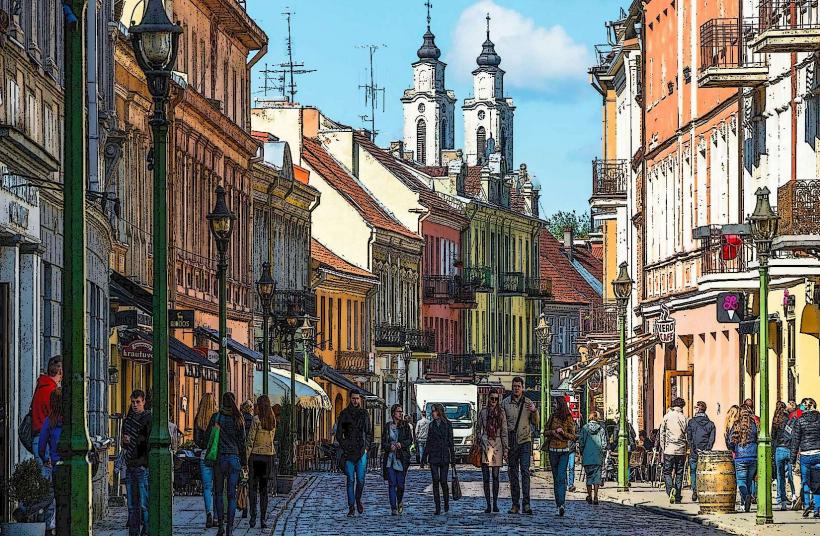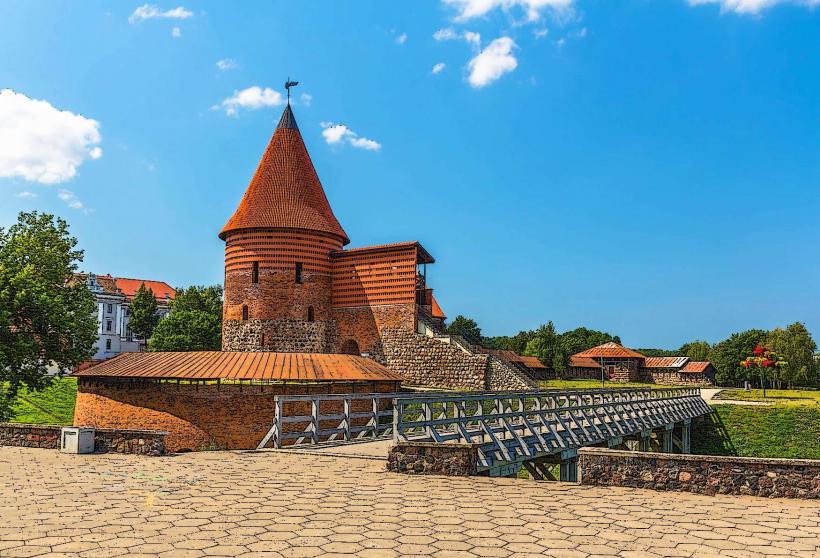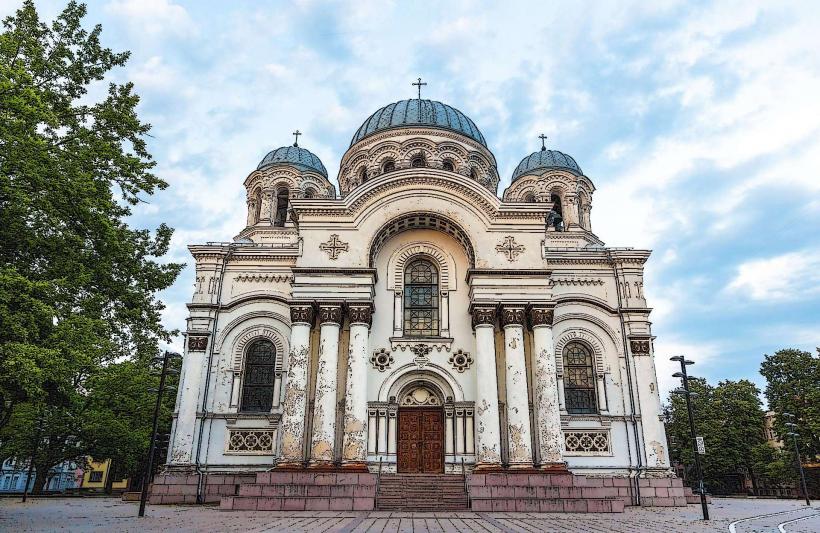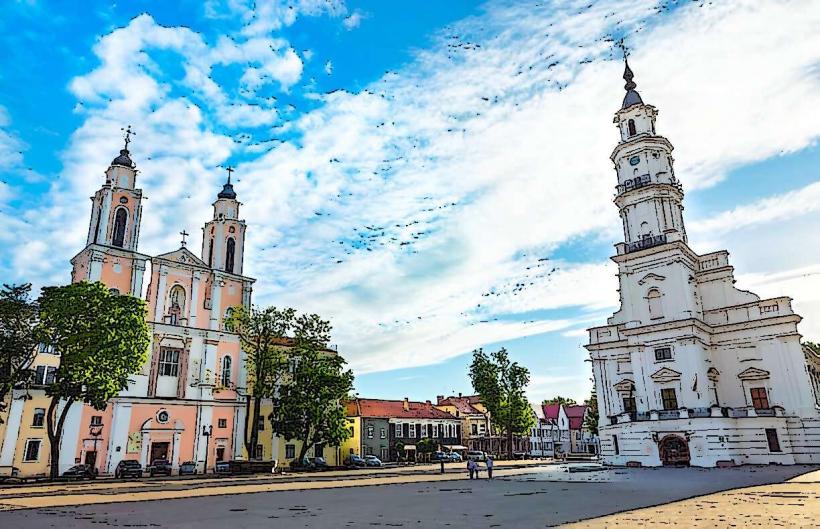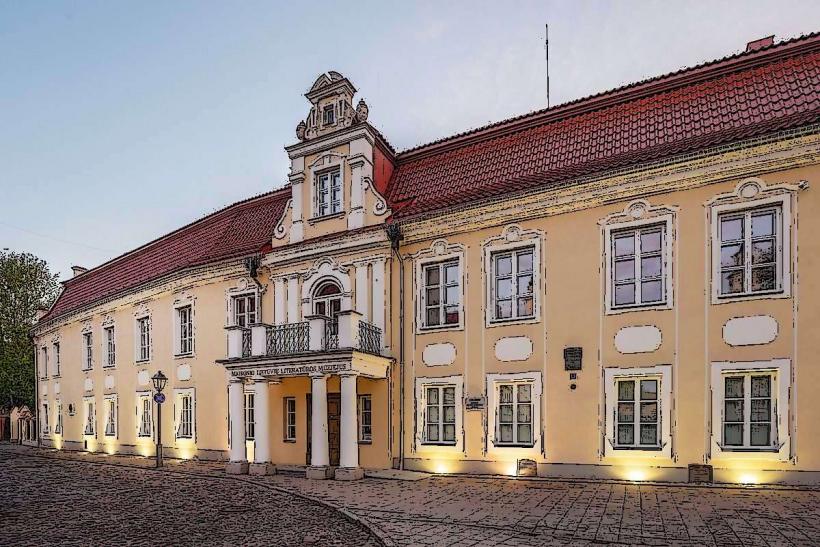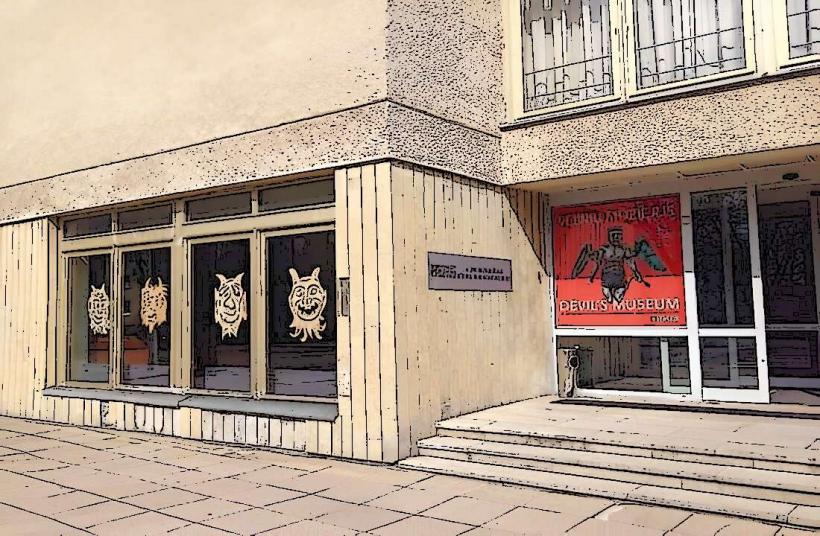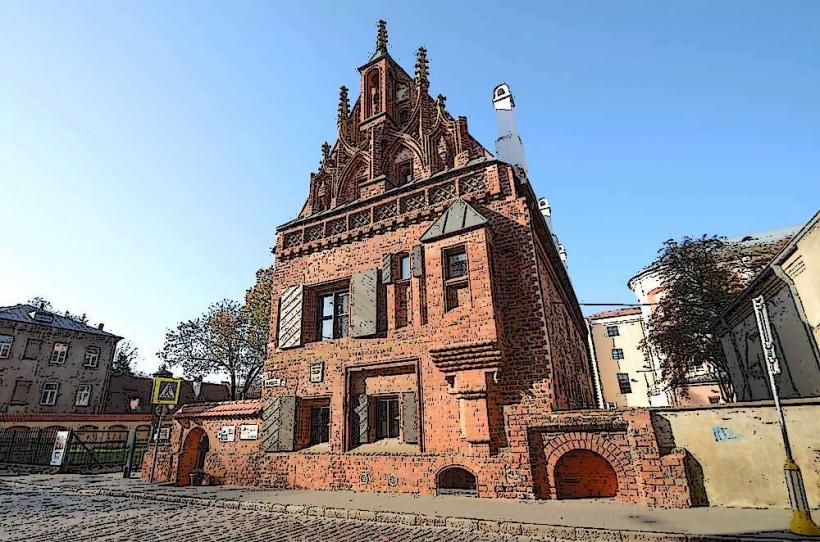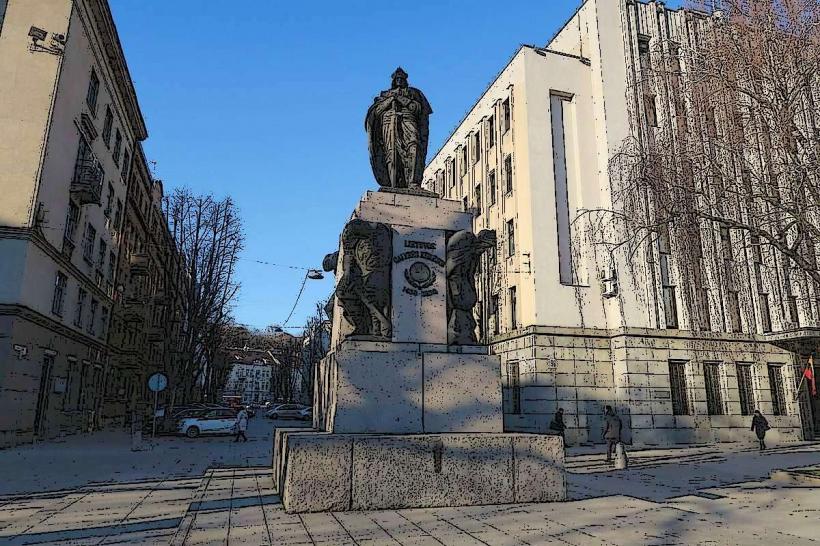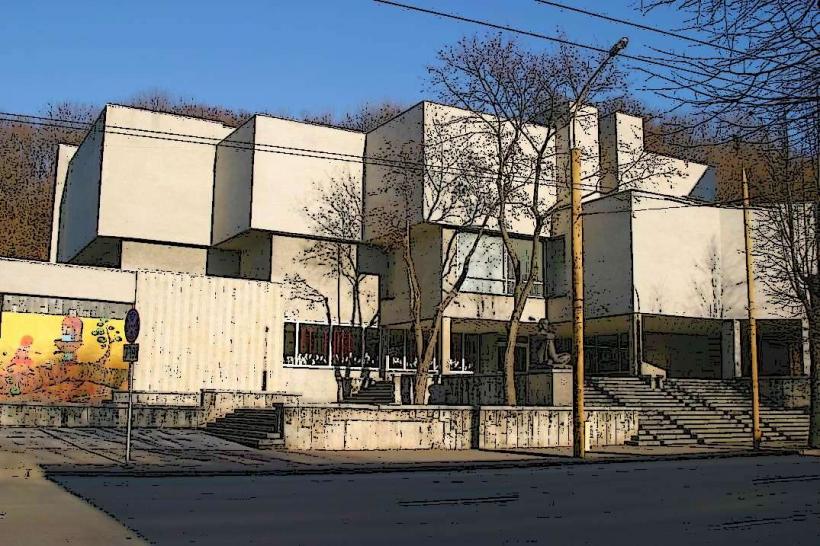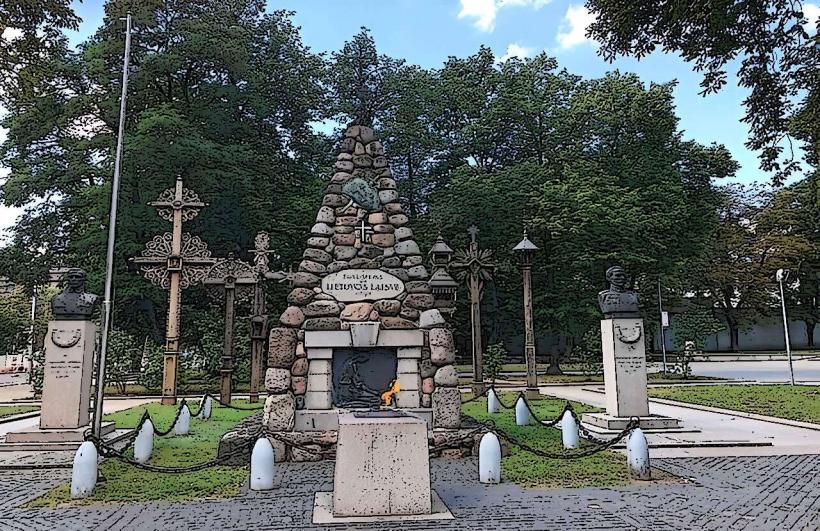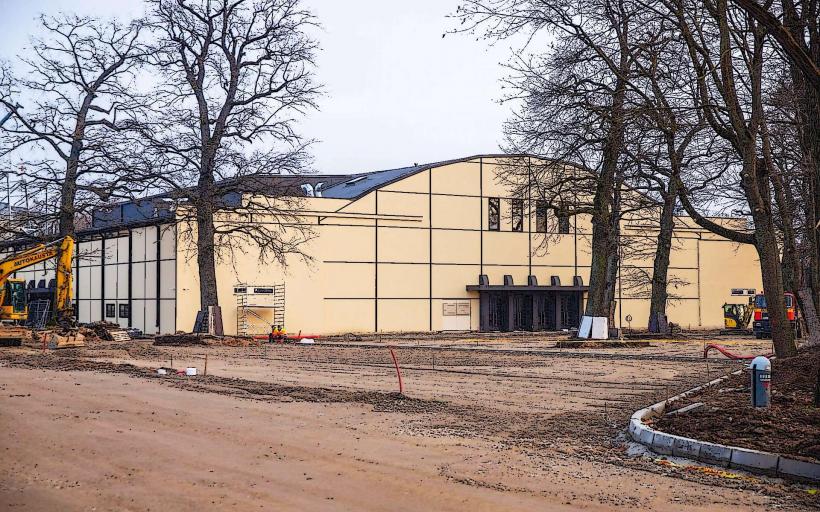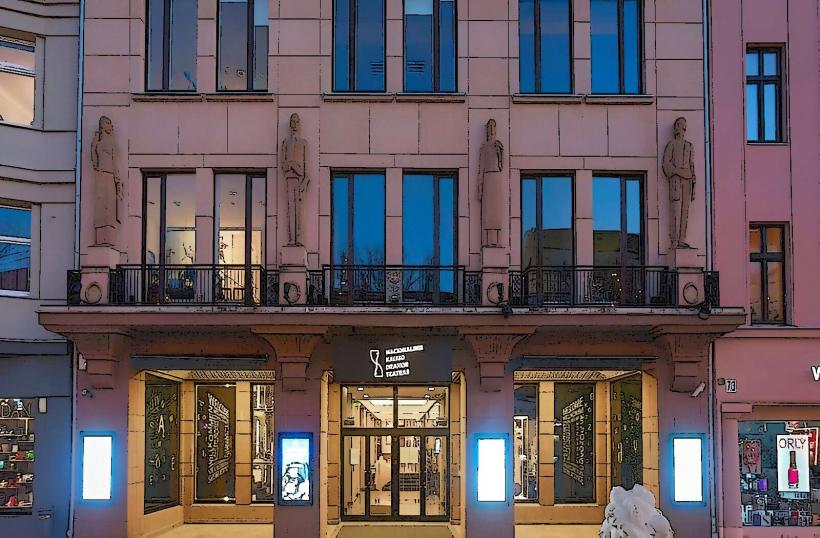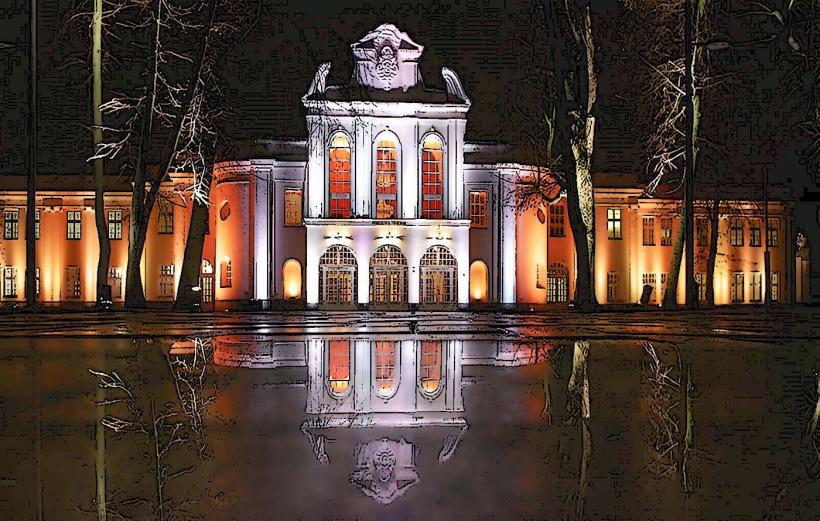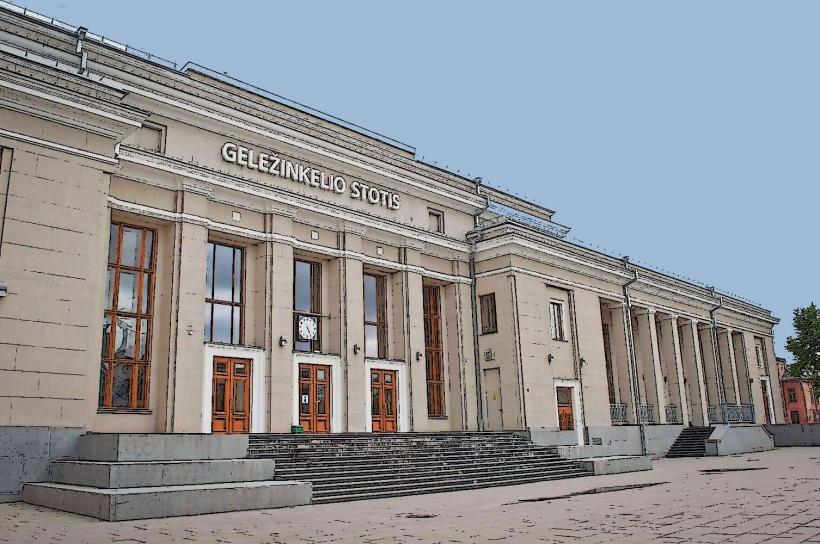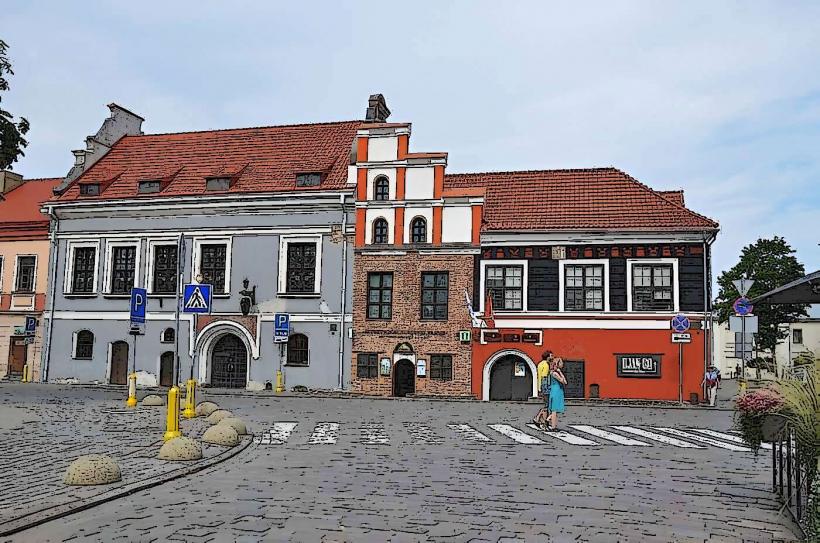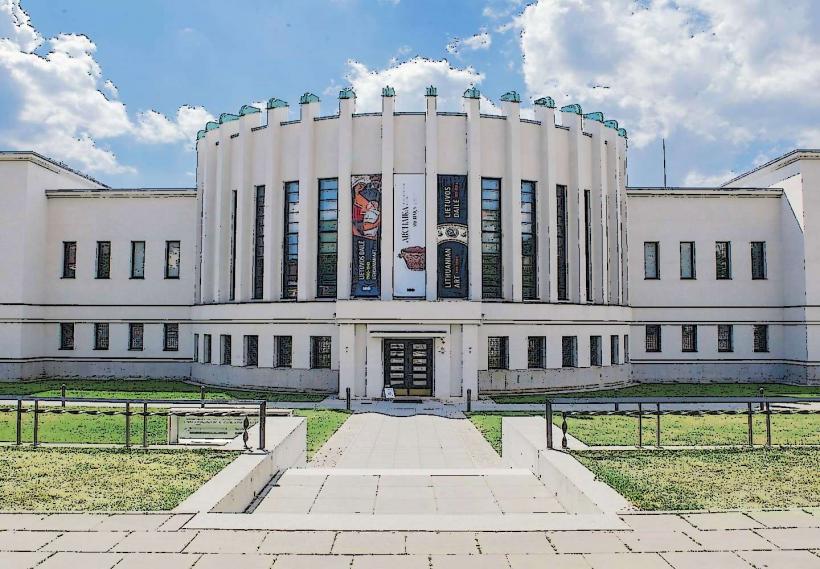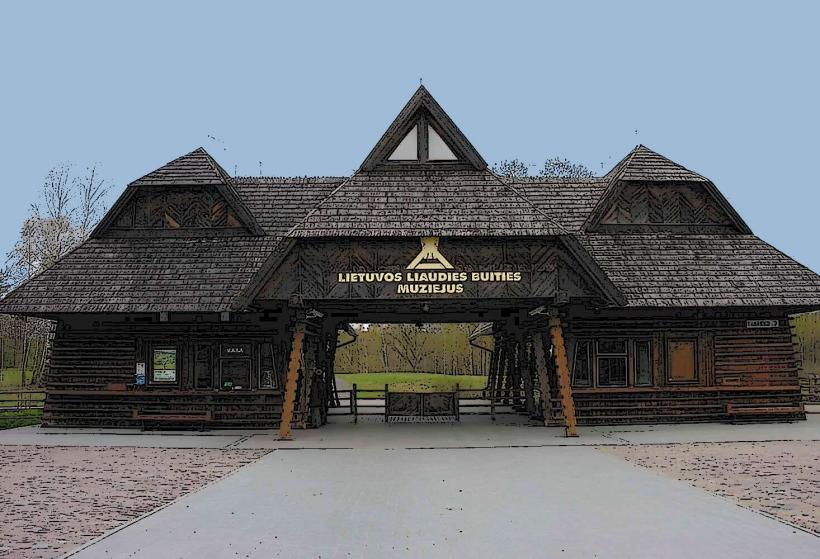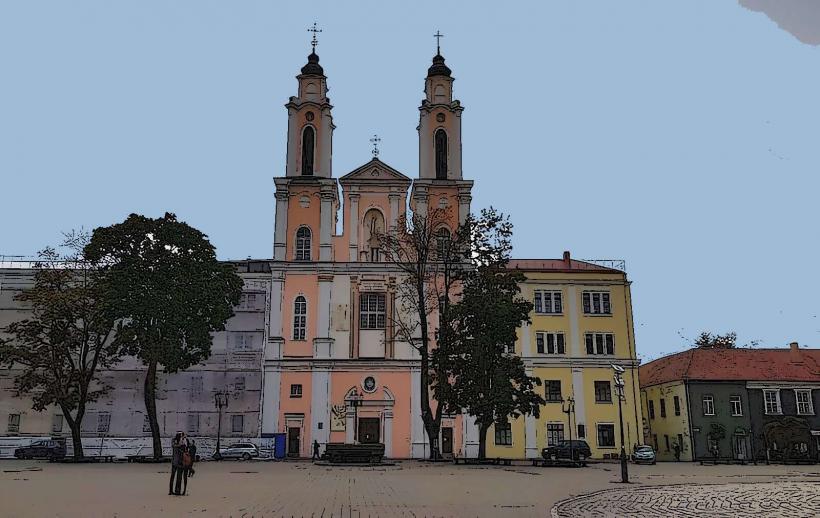Information
Landmark: St. George's ChurchCity: Kaunas
Country: Lithuania
Continent: Europe
St. George's Church (Šv. Jurgio bažnyčia) is one of the most prominent and historic churches in Kaunas, Lithuania. Known for its Gothic architecture and rich history, it stands as a significant landmark both for religious and cultural purposes.
Overview and History:
Foundation and Early History: St. George's Church was originally built in the 14th century, around 1330. It was founded by the Teutonic Order, a Catholic military order that played an important role in the history of the Baltic region. The church was constructed as part of the Order's efforts to spread Christianity among the pagan populations of the region.
Architectural Style: The church is a prime example of Gothic architecture in Kaunas, characterized by its vertical lines, pointed arches, and ribbed vaults. Its simple yet striking exterior and interior are typical of the Gothic style, with the church emphasizing height and light through tall windows. The church has a rectangular layout and a relatively modest, unadorned interior compared to other larger churches in the city, yet its historical significance and architectural beauty make it a key site in Kaunas.
Reconstruction and Renovations: Over the centuries, the church has undergone several renovations, especially after it suffered damage during World War II. The church was almost completely destroyed by fire in 1944, when Kaunas was bombed during the war. However, it was restored after the war, and much of the original Gothic charm was preserved.
Role in Religious Life: Historically, St. George's Church served as the main church for the Teutonic Knights and their followers. It was an important center of worship in medieval Kaunas. Today, the church is still an active Roman Catholic church and continues to serve the local community with regular masses and religious services.
Architecture:
Exterior: The church’s exterior retains many features typical of the Gothic style, including pointed arches and a steep gabled roof. The main entrance of the church is characterized by a pointed arch framed by stone carvings. The bell tower of St. George’s Church is a prominent feature, offering views of the surrounding area of the city. The simplicity of the structure emphasizes verticality, and the church is designed to draw attention upward.
Interior: Inside, the church is characterized by a minimalist yet serene aesthetic, with high vaulted ceilings, narrow aisles, and tall windows that let in natural light. The altar area is traditionally positioned at the end of the church, framed by columns and arches that provide a sense of height and openness. Despite its simplicity, the church's Gothic arches and stained-glass windows add a sense of grandeur.
Stained Glass Windows: One of the notable features of St. George’s Church is its stained glass windows, which provide colorful illumination inside the church. The windows depict biblical scenes and saints, adding an element of vibrancy to the church’s otherwise understated interior.
Cultural and Historical Significance:
Teutonic Knights and the Christianization of Lithuania: St. George’s Church holds significant historical value as it is closely associated with the Teutonic Order, which played an important role in the Christianization of the region. The church was not only a religious center but also a symbol of the Order’s influence in Medieval Lithuania.
Connection to the City’s History: Over the centuries, the church has witnessed many important events in Kaunas’ history, including the wars and changing political tides that affected the city. During the Soviet era, when many religious institutions in Lithuania were closed or repurposed, St. George’s Church remained a stronghold of faith and was used for religious purposes despite the challenging political climate.
World War II and Restoration: The church's survival after the destruction during World War II is an important aspect of its history. The church was severely damaged by a fire during the bombing raids of Kaunas in 1944, but it was reconstructed in the years following the war. The restoration efforts helped preserve the church as an important historical and architectural monument.
Visitor Experience:
Religious Services: Today, St. George’s Church is an active place of worship. Visitors can attend masses, particularly on Sundays or during religious holidays, to experience the church in its functional role as a place of devotion. The church’s interior creates a sense of tranquility and reverence, making it a peaceful space for reflection and prayer.
Cultural Site and Tours: As a historical monument, the church is also a popular cultural site. It is visited by both tourists and locals, many of whom are interested in exploring Kaunas' architectural heritage. The church offers a glimpse into medieval architecture and Lithuanian history, with some visitors coming to appreciate its Gothic style and others to learn about its historical significance.
Community and Educational Events: The church often hosts various cultural and community events, including concerts, exhibitions, and lectures. These events enhance the church's role as an active part of the local community and contribute to the cultural life of Kaunas.
Conclusion:
St. George's Church in Kaunas stands as a testament to the city's rich historical and architectural heritage. With its Gothic design, connection to the Teutonic Order, and historical importance, it remains one of the key religious and cultural landmarks in the city. Whether you're interested in its medieval origins, its role in the Christianization of Lithuania, or simply its architectural beauty, St. George’s Church offers visitors a unique and meaningful experience in the heart of Kaunas.

